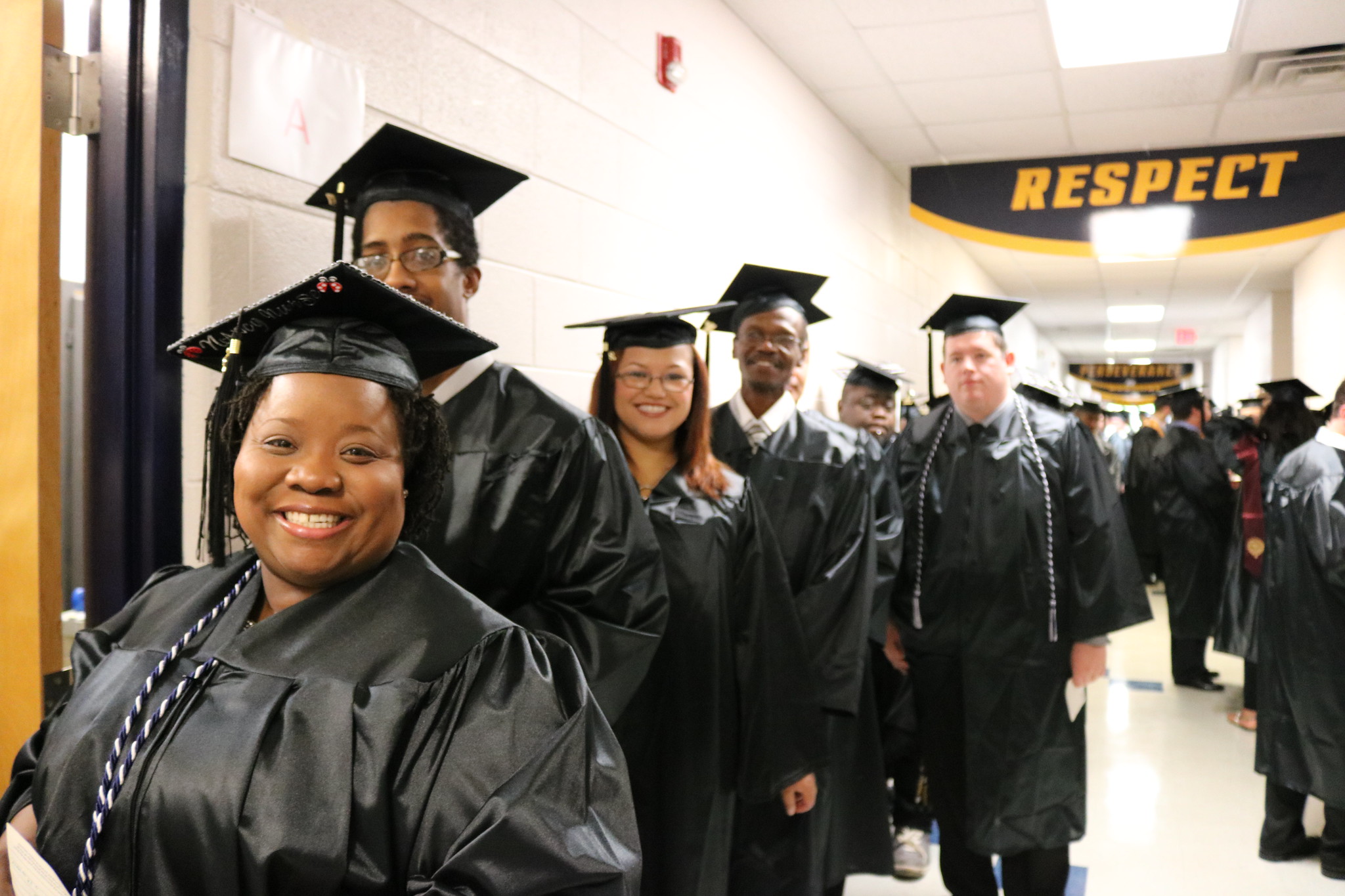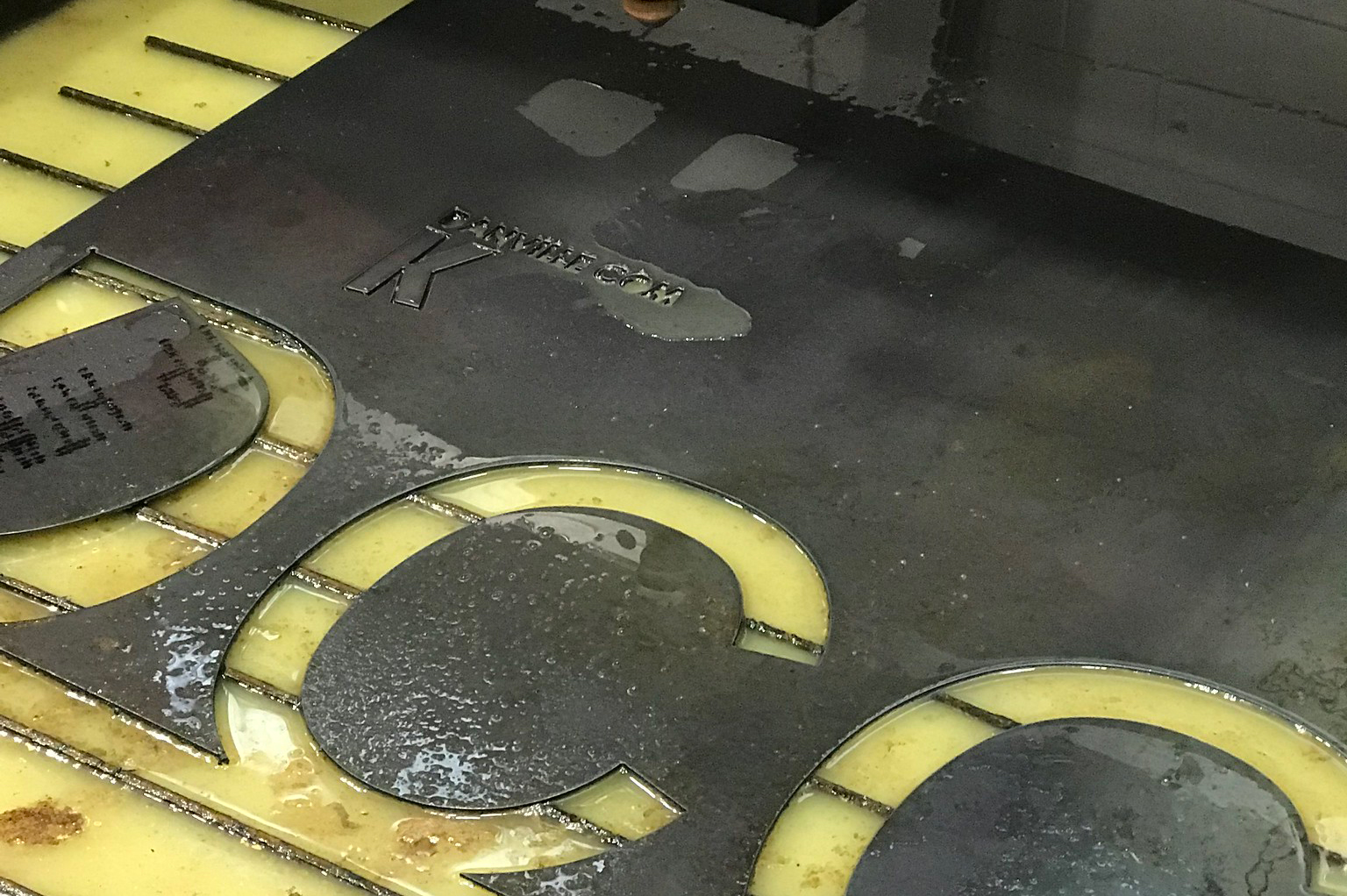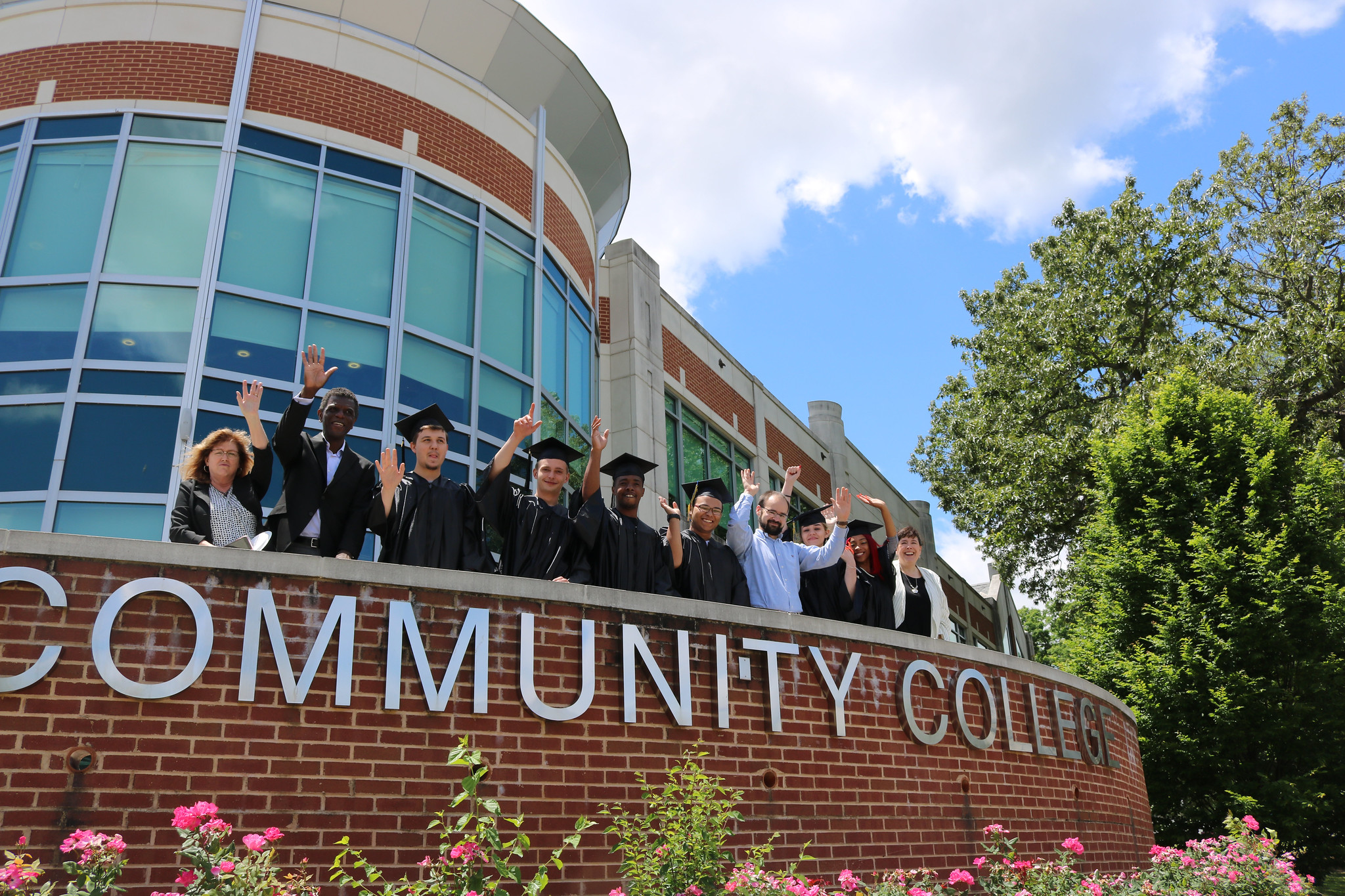Critical Thinking is the ability to use information, ideas and arguments from relevant perspectives to make sense of complex issues and solve problems. Degree graduates will locate, evaluate, interpret, and combine information to reach well-reasoned conclusions or solutions.
The following course was used to assess Critical Thinking during the 2021-2022 and 2024-2025 academic years.
- ENG 112 English Composition II
Student Learning Outcomes
Students will evaluate and analyze works of literature for ideas, arguments, assumptions, and evidence.
Method
Cultural Event essay rubric
Criteria of Success
At least 60% of students will score at the proficient level in both of the following areas on the Cultural event essay rubric; 1) evidence-based support for thesis and 2) well-reasoned conclusions.
Results
2021-2022:
Exemplary (score 5) or
Proficient (score 4)
= 181 students
83% of student body scores proficient in critical thinking learning reportAverage (score 3) or
Developing (score 2 or 1)
= 36 students
17% of student body scored below the level of proficiency2024-2025:
Exemplary or proficient = 271
83% of student body scores proficient in critical thinking learning reportAverage or Developing = 39
12.6% scored below proficientSample
2021-2022:
Total # of student population = 217
Total # of student assessment = 217
100% measurement
Students who were enrolled but had already withdrawn from the course were not assessed and are not reflected in these numbers
2024-2025:
Total # of student population in the course = 386
Total # of student assessment (scores reported) = 310
80.3% response
Use of Results for Continuous Improvement
2021-2022:
The student population tested meets the criteria of success. Overall assessment shows student population can organize ideas through written communication. Student body will need further instruction for synthesis of concepts (either through literary techniques or connection to ideas).
Use some of the papers that scored excellent as student examples to show class in the future.
Several students struggled with thesis statements and integration of sources. We reviewed how to create an arguable thesis statement and reviewed some templates that help with source integration using both paraphrases and direct quotes.
Results were great, but there is still room for improvement. Some students had to make significant revisions to reach proficiency. That isn’t a problem as revising is part of the learning process, but it would be an improvement to have more reach proficiency with the first submission. With that in mind, I intend to provide more sample papers and assign outlines earlier going forward.
Use these results to guide future methods and tools that equip students to create a proper thesis, interpret the author’s message, and create a well-reasoned conclusion for a literary analysis assignment. Provide exemplar models anonymously with the class.
2024-2025:
The following section represents the verbatim feedback of participating instructors of the college, followed by a concluding paragraph.
Instructor 1
The student population tested meets the criteria of success. Overall assessment shows student population can organize ideas through written communication. Student body will need further instruction for synthesis of concepts (either through literary techniques or connection to ideas).
Instructor 2
Use some of the papers that scored excellent as student examples to show class in the future.
Instructor 3
I will use these results to guide future essay assignments. To improve learning outcome performance, I will add an additional component to the assessment. Students will develop an ethical perspective to recognize and evaluate multiple perspectives in their interpretations of literature.
Instructor 4
Except for a single student (with extraordinary circumstance) all students demonstrate the ability to draw reasonable conclusions from literary text evidence. While the discussion data shows proficiency, there is still room for improvement in thesis development and concise alignment to the thesis through details in discussion.
Instructor 5
Looking at the results, most students did very well. In future courses, I may include additional practice in integrating sources.
Instructor 6
Direct instruction and mini-lessons on: 1) writing a defensible thesis with a clear line of reasoning 2) writing an effective conclusion
Instructor 7
The results/data from the assessment will be used to:
- Improve students’ formulation of a thesis.
- Improve students’ research skills in the use of databases.
- Improve students’ skills in using supporting evidence for a thesis.
- Improve students’ skills of correct MLA format, intext citation, and Works Cited page.
Instructor 8
Results were great, but there is still room for improvement. Some students had to make significant revisions to reach proficiency. That isn’t a problem as revising is part of the learning process, but it would be an improvement to have more reach proficiency with the first submission. With that in mind, I intend to provide more sample papers and assign outlines earlier going forward.
Instructor 9
Continued practice for providing evidence to support the thesis sentence as well as practice for writing well-reasoned conclusions. An emphasis on revising especially with conclusions is needed.
The essay selected for this learning outcome report was one requiring students to analyze a character explaining a cause and effect relationship. Most students wrote a clearly stated thesis sentence with a corresponding preview sentence and usually supported it effectively with provided evidence. However, some need more of a commitment to supporting.it. Well-reasoned conclusions are okay, but some could be stronger.
Instructor 10
Considering I am unsure of what other professors are constituting as “proficient” in their own classrooms, I will state that my students have made great strides over the course of the year. Many come to ENG 111 without an understanding of thesis statements, analysis, MLA, transitions, and general essay format. The majority of the class stated that their last formal essay was completed in 8th grade in preparation for the writing SOL. Knowing where they started, I am overjoyed with the average score of 70% the AI awarded. My suggestion is for professors with experience to share resources with Dual Enrollment teachers. Last year was my first year teaching DE. Any resources, rubrics, assignment descriptions, sample syllabi, or anything relevant would have helped. Even graded student writing samples with feedback would be helpful because expectations vary so much amongst teachers, and I always felt like my expectations were not in line even though we were looking at the same competencies.
Instructor 11
Recent sample results appear more accurate over prior reports largely due to the increased sample population.
More than three quarters of students performed above base-line expectation—an increase of .6% over previous findings.
These results are due primarily to these actions:
- The implementation and use of a dedicated class-tutor to fortify lessons and activities, to encourage participation and accountability;
- Timely and regular oral communication with all students—but especially at-risk students—via Zoom or phone. Oral is emphasized here to denote actual and authentic, person-to-person, interaction event;
- Narratology—the pedagogical strategy of teaching and learning through storytelling—seeks to engage the student in subject-agency. Research on the therapeutic benefits of self-reflection, where critical thinking is essential, is consequently voluminous.
Improvements:
There is one, single item that is crucial to improve: the use of a dedicated tutor.
Recently, the college administrators have instead decided to discourage the practice, essentially ending the trial program.
Instructor 12
Students are understanding the basic concepts of research, but more emphasis needs to be placed on understanding how to paraphrase and how to summarize. Also, more hands-on experience in class doing effective documentation should be utilized.
Conclusion
Feedback from individual instructors is varied, as should be expected given significant differences of both experience and environment (e.g., on campus versus dual enrollment). However, common ideas emerge upon closer inspection, primarily around the theme of “more.” Most instructors mention intentions to implement more practice in the areas they perceive their students to have struggled the most, whether it be “formulating the thesis,” “writing well-reasoned conclusions,” or some other aspect of the rubric.
Our first suggestion is that the both the college and instructors take whatever steps we may to provide “more” opportunities to students to practice these skills. There are a number of ways in which this can happen, many of them measurable.
- Reduce class sizes for composition-based courses. (Course sizes used to be capped at 20).
- Increase access to tutoring and its usage by students.
- Increase the number of writing exercises, both small and large (this is more feasible if class sizes are kept manageable).
Our second suggestion is to improve communication amongst all involved faculty, particularly dual enrollment instructors. One instructor in particular has expressed frustration over not fully understanding what should be deemed “proficient.” Full-time faculty should supply a range of scored examples for greater clarification, ideally at least one paper scored as proficient in all areas and one that is not. This would at least provide a starting place for greater scoring consistency.







